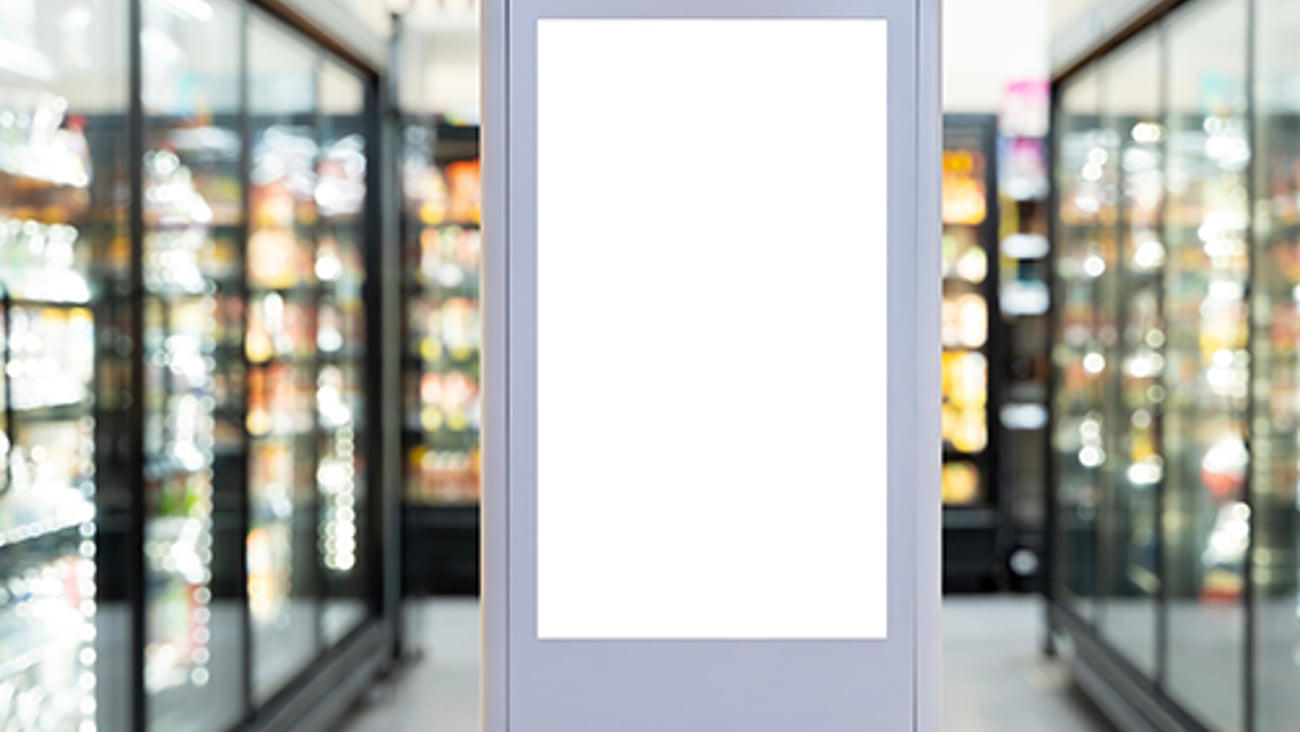A technology-labor balancing act: Retailers increasingly will need to develop new in-store approaches that weigh staffing versus automation
Self-checkout. Just Walk Out. Amazon Dash Cart. Robotics.
Retail is abuzz with technologies that are transforming stores, and it’s going to impact a lot more than just checkouts. The use of new technologies is driven by advancing capabilities and the need to address labor shortages, even as retailers are vying to hire and retain associates in the midst of a talent crunch.
So what’s ahead for food and drug retailers in light of these trends?
The Technology Future
Self checkout built momentum during the pandemic, and a new generation of checkout technology solutions is gaining a higher profile. This includes Amazon’s Just Walk Out (cashierless checkout) and the Dash Cart (shopping cart that enables checkout). Just Walk Out recently found its way into the first Whole Foods Market, which is owned by Amazon.
Gary Hawkins, CEO of the Center for Advancing Retail and Technology, or CART, uses the phrase “computer vision platforms” to describe the bigger picture of what lies ahead.
He forecasted a growing use of AI and machine-learning solutions to address challenges ranging from out-of-stocks to reducing slip-and-fall hazards in aisles. And there’s more, he told me in an interview. Hawkins said automation will boost understanding of shopper traffic flows, which can be leveraged to create new scorecards that drive in-store performance in completely new ways.
[Read more: Getting creative with hiring and retention]
Impacts on Staffing
All of this has implications for staffing. Deloitte’s recently released 2022 Retail Industry Outlook surveyed industry executives across retail channels. It relayed in particular the perspectives of the “leaders” — designated as such based on their companies’ revenue growth, proportion of revenue from digital channels and confidence in their organization’s ability to execute on 2022 business strategy.
“It may be difficult to imagine today, but more than half of leaders (versus 31% of laggards) believe that staff-free stores will be common within the next five years,” the report said.
Deloitte’s Rod Sides, an author of the report and U.S. Retail, Wholesale and Distribution leader, told me the term “staff-free” was used in a general sense, so it could mean anything from staff reductions to the repurposing of staff to more relevant needs.
New Roles for Employees
What will happen to employees who may be displaced by retail technology? In the near term, at least, it seems there will be plenty for them to do. That’s because retailers are focusing on more in-store activities than ever, from in-store picking to curbside delivery, Sides pointed out. There’s also an opportunity for employees who are freed up from operational tasks to increase roles in customer service and engagement.
The long term is harder to predict, given that a steady stream of new technologies likely will keep entering the retail space.
One Size Will Not Fit All
The future balance between technology and staffing won’t be the same for all retailers. In verticals like food and drug, different models will rely on different strategies — and some will even require staff-intensive approaches. I can’t see how food retailers known for their signature perimeter departments, like bakery and deli, will succeed without strong customer service. I can’t imagine how pharmacies and clinics will continue to gain the trust of customers without their impressive lineup of healthcare professionals.
[Read more: Industry experts offer big ideas]
Let Customers Guide Strategies
Ultimately, consumers will decide the outcomes. They will choose which in-store experiences are best, and these will probably rely on a mix of technology and associates. Retailers need to stay on top of this mix because it will be a moving target for quite some time.






